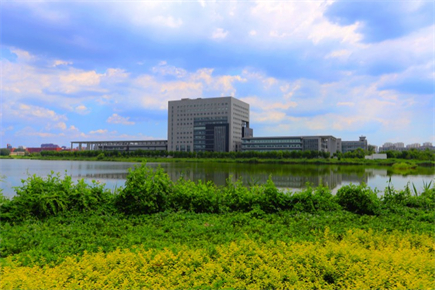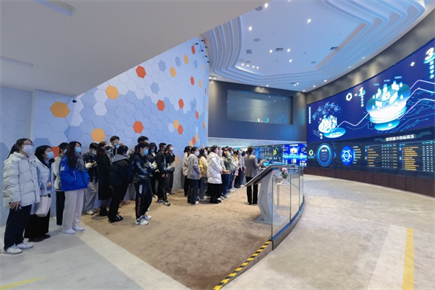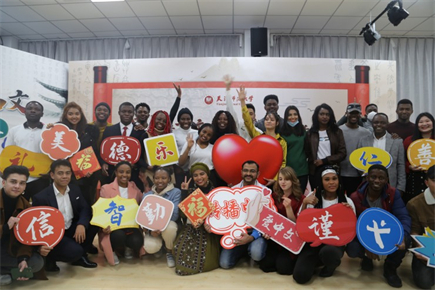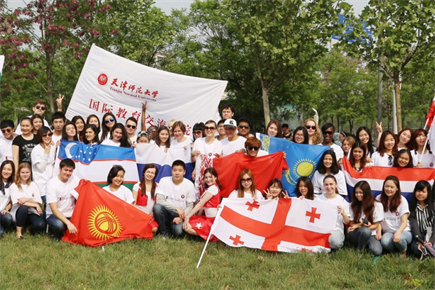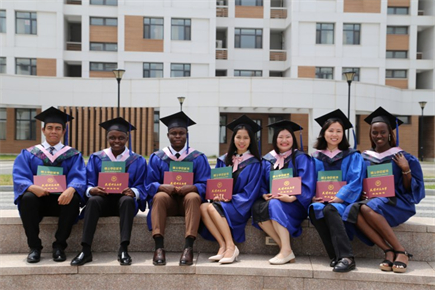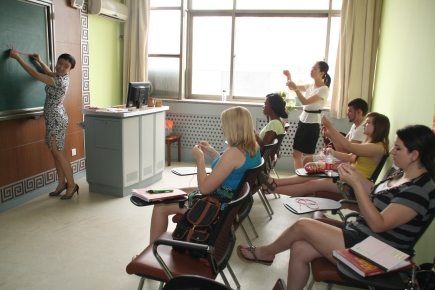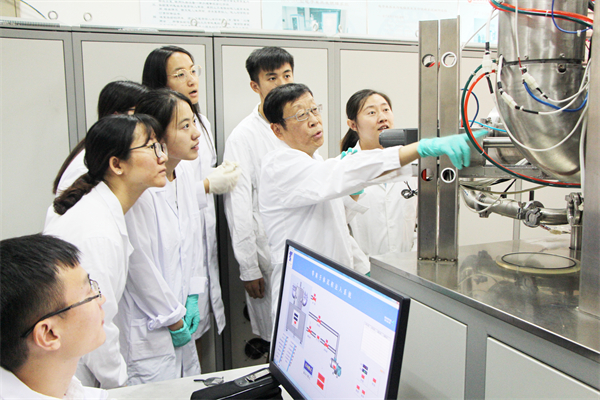
The predecessor of the School of Physics and Materials Science was the Department of Mathematics and Physics, which was established in 1958. The department split and formed the Department of Physics in 1959, and later merged with the Department of Electronic Information in 2001 to become the School of Physics and Electronic Information. In 2013, the school was renamed to the School of Physics and Materials Science, comprising of departments and centers such as the Department of Physics, the Department of Applied Physics, the Physics Laboratory Center, the Center for Astrophysics, and the Center for Energy and Material Engineering.
The school currently has three Master's degree programs: Physics, Astronomy, and Materials Science and Engineering. It also has a professional Master's degree program in Materials Engineering, and a doctoral program in Nano Energy Materials and Devices. There are two undergraduate programs in Physics and Applied Physics, with the Physics discipline being a key discipline at the municipal level in Tianjin. It also has specializations in "Ion beam and micro/nano thin film material surface technology" and "Energy storage material surface technology" international joint research centers, as well as a "Quantum physics" innovation team for higher education in Tianjin. Its physics major has been approved as a national first-class undergraduate program under the “Double First-class University Plan” and completed its second-level certification examination for teacher education programs of the Ministry of Education in October 2021. Its Applied Physics major has been approved as a provincial first-class undergraduate program under the “Double First-class University Plan”, and its Physics Experiment Center is a municipal-level experimental teaching demonstration center. The Science Experience Museum of the school is also a science popularization base in Tianjin. The school attaches great importance to and adheres to the direction of internationalization in education, and jointly implements a 2+2 international cooperation program with Trent University in Canada, where qualified students can obtain dual degrees from both universities.
The school has 77 faculty members, including 63 full-time teachers and 38 senior professional titles. Currently, more than 84 percent of the school's teaching faculty hold doctoral degrees. There are 1,019 undergraduate students and 137 graduate students in the school. It experimental teaching area is 5,000 square meters, and the total value of teaching and research instruments and equipment is more than 60 million yuan. The school's academic and professional platforms are well-established after decades of development, providing a strong foundation for cultivating high-quality physics-based talents through its practice-oriented education approach.

